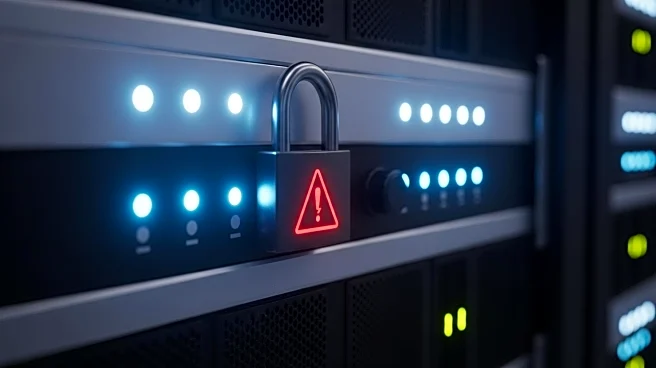What is the story about?
What's Happening?
A critical vulnerability, identified as CVE-2025-49844 or 'RediShell', has been discovered in the Redis platform, potentially exposing 60,000 servers to exploitation. This vulnerability, which has existed for 13 years, allows authenticated attackers to execute arbitrary code due to a use-after-free issue in the Lua interpreter. Redis, an open-source platform used primarily for data storage and application caching, is widely deployed in cloud environments. The vulnerability is particularly concerning because many Redis servers are exposed to the internet without authentication, making them susceptible to attacks. The flaw allows attackers to send malicious Lua scripts to execute code, establish persistent access, and potentially move laterally within networks. Redis has released patches for the vulnerability, urging users to update to the latest versions and implement security measures such as restricting network access and enforcing strong authentication.
Why It's Important?
The discovery of this vulnerability is significant due to the widespread use of Redis in cloud environments, with approximately 75% of such environments relying on it. The potential for exploitation poses a substantial risk to organizations across various industries, as attackers could gain unauthorized access to sensitive data and systems. The vulnerability highlights the critical need for proactive security measures, including regular updates and configuration checks, to protect against potential breaches. Organizations that fail to address this issue may face data breaches, financial losses, and reputational damage. The situation underscores the importance of cybersecurity vigilance and the need for continuous monitoring and updating of software to mitigate risks.
What's Next?
Redis has already released patches to address the vulnerability, and cloud deployments have been automatically updated. However, self-managed instances require manual updates to the latest versions. Organizations are advised to implement additional security measures, such as using firewalls, enforcing strong authentication, and limiting access to trusted sources. Security teams should also conduct continuous asset discovery and validate exploitability through safe simulations. Monitoring Redis process behavior and isolating exposed nodes are recommended to mitigate risks. The cybersecurity community will likely continue to monitor for any signs of exploitation in the wild and provide further guidance as necessary.
AI Generated Content
Do you find this article useful?













